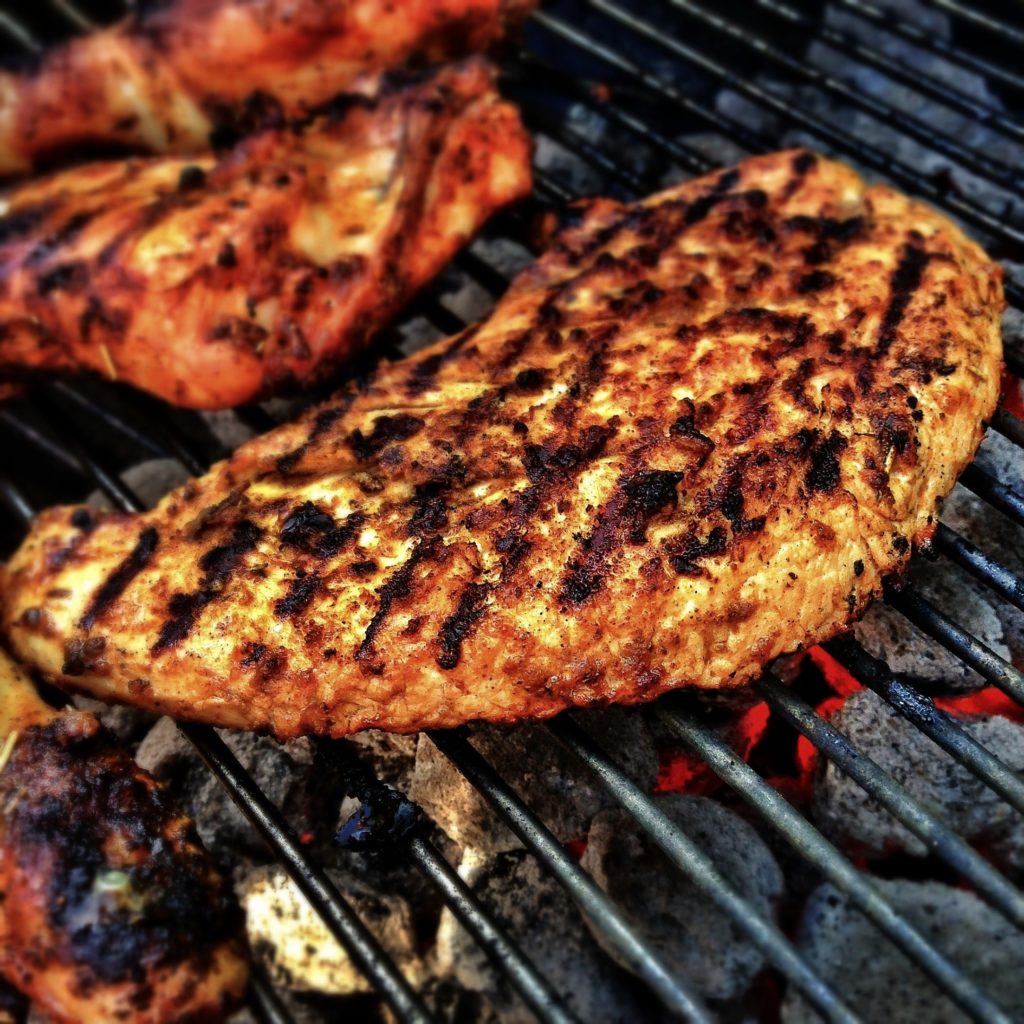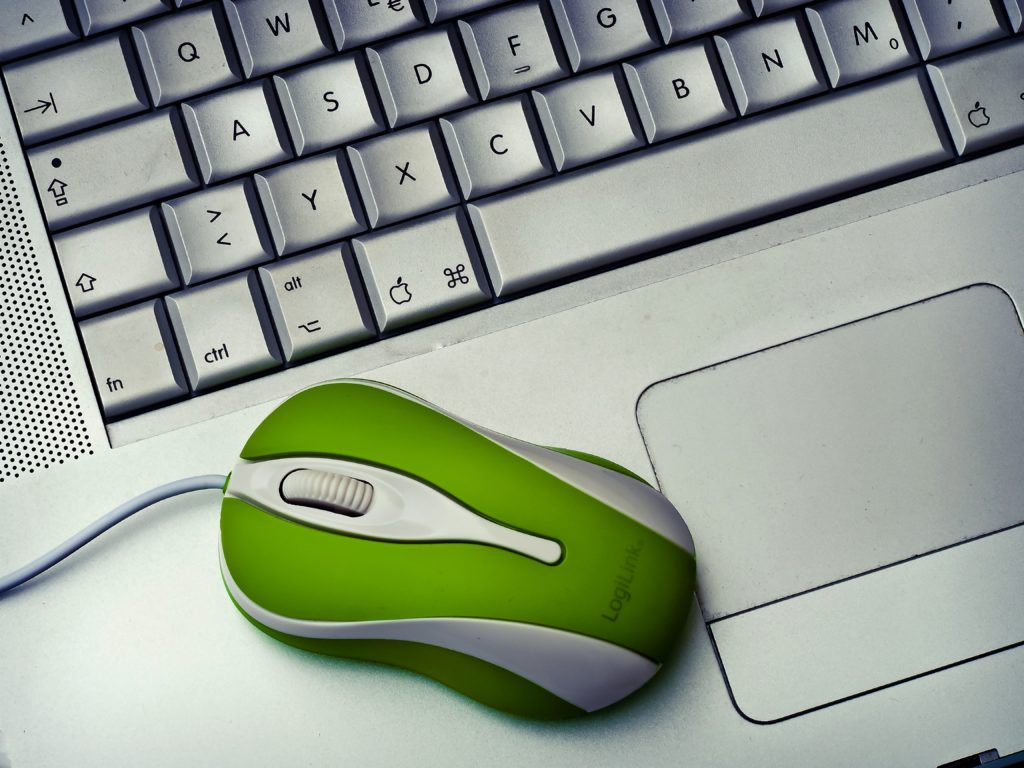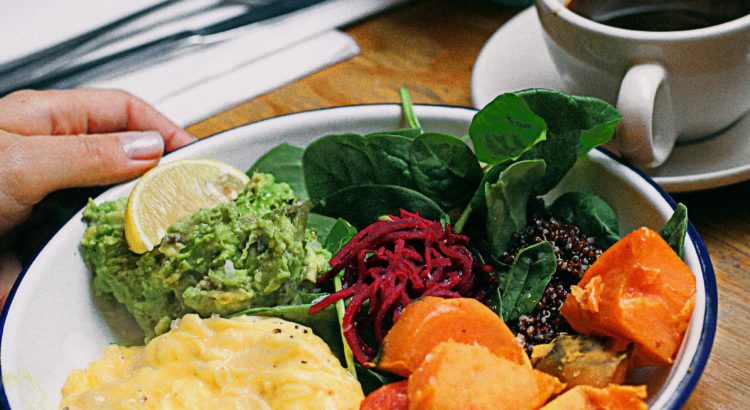Have you ever found yourself at a social gathering, out for dinner, or enjoying someone else’s cooking, but aren’t sure how to accurately track your food? You don’t have a food scale or measuring cups with you and just don’t know where to begin. This doesn’t have to be the case every time – don’t worry, there’s always a way!

Check out the tips below to see how you can estimate portions to create a balanced plate that helps you stay on track, even when you’re not the one doing the cooking.
Estimating Proteins
When estimating protein size, keep in mind that one serving of protein is usually three to four ounces. Depending on your needs, you may need one to two servings of protein at each meal. In general, four ounces can be comparable to the size of your palm or a deck of playing cards. Anything smaller or bigger can range from as low as 2 ounces and up to six ounces. It can also be helpful to ask the server or the person who prepared the food more detail about the particular dish to then add to your tracker when you get home after the meal. If meat is being served or is your protein source of choice, be mindful of what type of meat you are having as different cuts of meat have different fat and protein amounts.
*Nutrition Tip! Aim to fill about one quarter of your plate with your protein source.

Estimating Carbohydrates
When estimating carbohydrates, remember that a one cup serving of carbohydrates is about the size of a woman’s fist. A starchy vegetable such as a baked potato is estimated to be the size of a computer mouse. Based on your needs, you can estimate the amount you need for that specific meal by using your hand. Just be sure to keep that amount in mind to add to your tracker later that day.
Food sources such as wraps, tortillas, and bread slices are a little different and can be estimated in other ways. For example, a large tortilla – or two to three small tortillas – is equivalent to about one carbohydrate serving.
*Nutrition Tip! Most restaurants will give at least two cups of carbohydrates. So feel free to ask for a to-go box and eat the other half another time. Aim to fill about a quarter of your plate with your carbohydrate source.

Estimating Fat Sources
Fat sources such as dressings, nut butters, butter, and hummus, can be estimated using your fingers. The tip of your thumb would be considered one tablespoon while the tip of your index finger would be considered one teaspoon. If you are looking to have one ounce of whole nuts, consider portioning out an amount that fits one full thumb’s length and go from there. However, estimating fat from food preparation can be quite tricky. A rough estimation would be about one-half tablespoon (about seven grams of fat ) of oil for that specific meal. Due to the inaccuracy of estimation of fat when dining out, we highly recommend enjoying foods that are grilled, roasted, steamed, or boiled and being moderate with foods that are fried, smothered, sautéd, pan-fried, or stir-fried.
*Nutrition Tip! One tablespoon of a fat source has about fifteen grams of fat.

Eating your meals out or enjoying lots of home cooked meals at a friends house just got a lot easier! Remember, you can still enjoy the social aspect of eating out while still staying on track. Using these tips will help you plan balanced meals and snacks when you are not the one cooking and help you on your sustainable health and weight loss journey.
